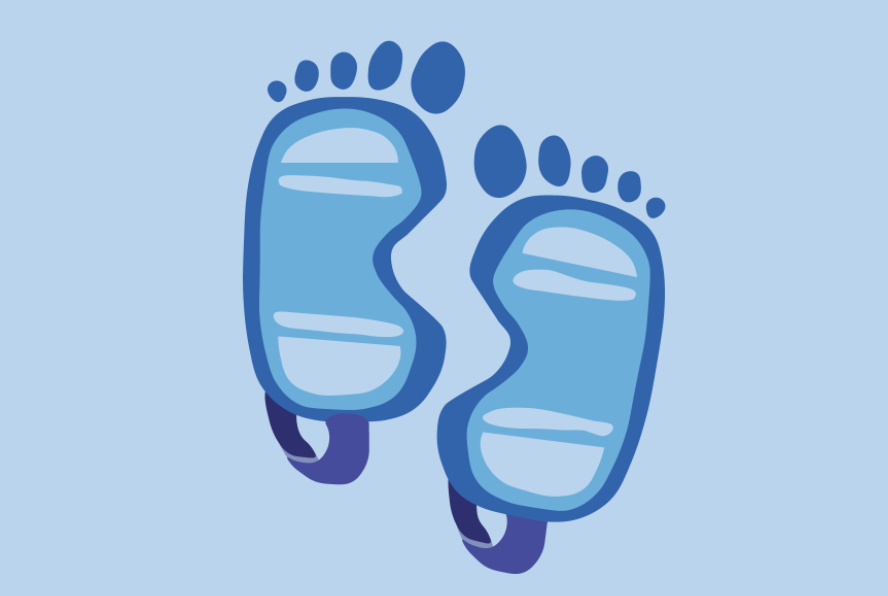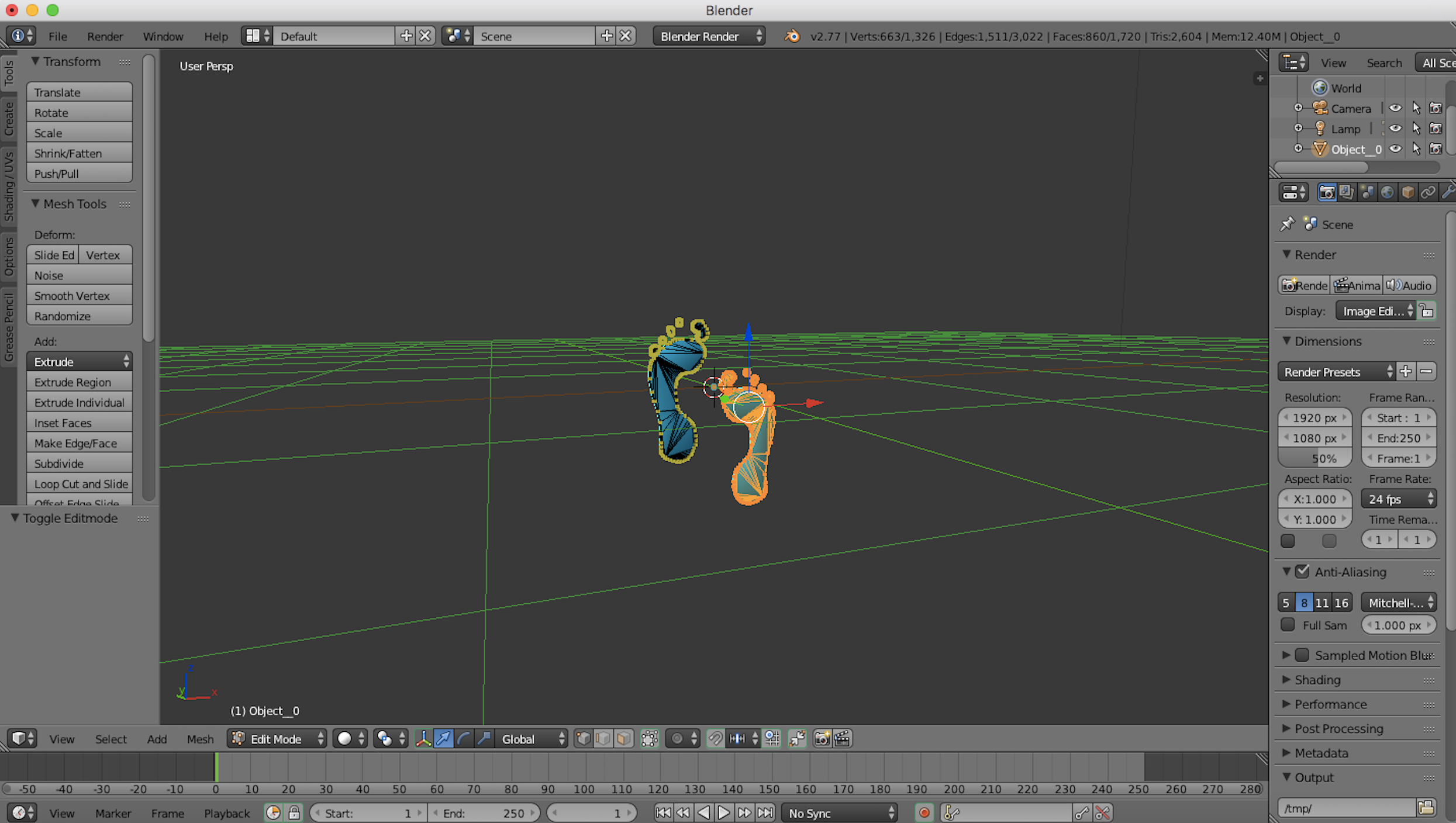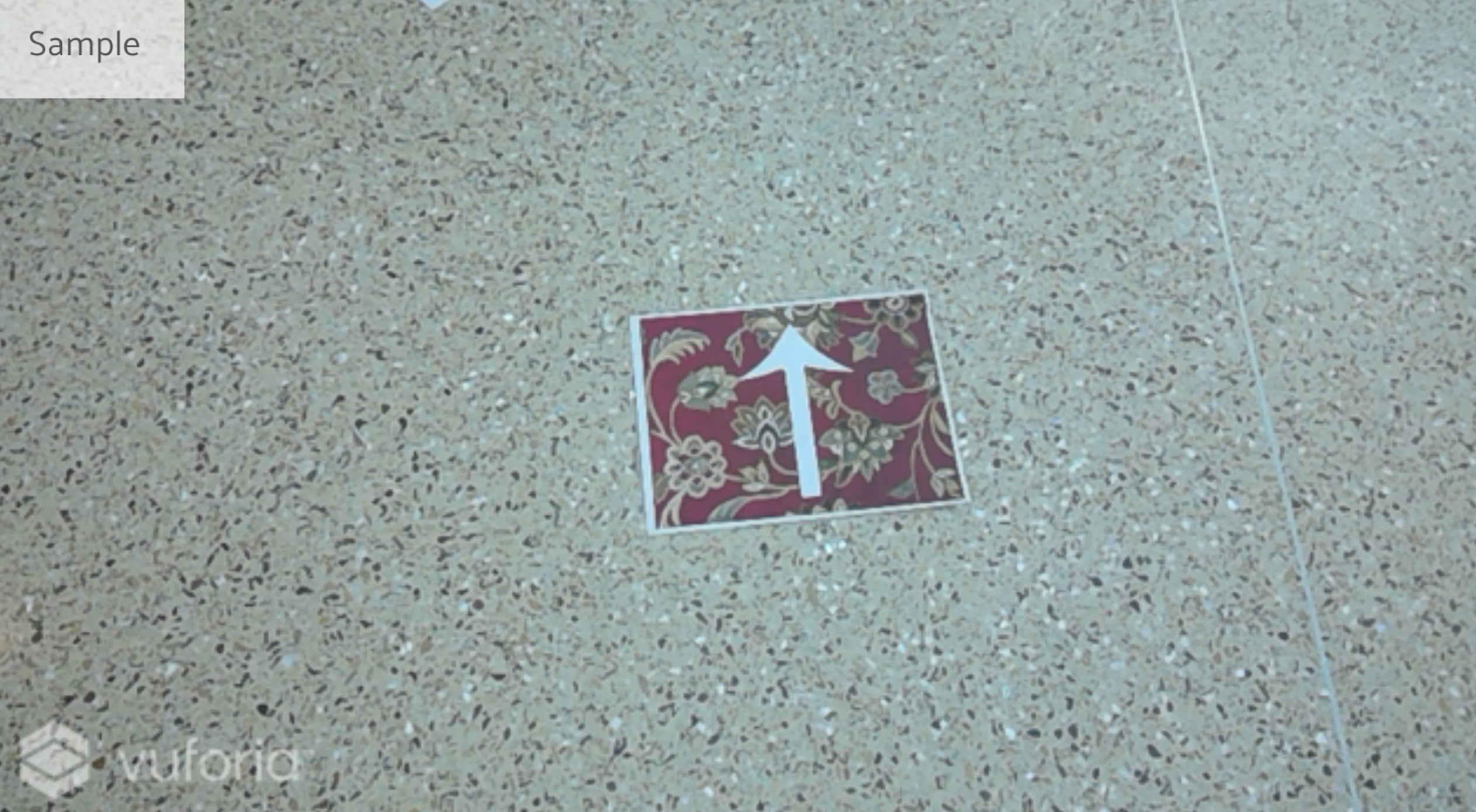A staircase illusion helps simulate the act of climbing stairs, enabling continuous motion. A visual cue guides the hand to an intended target. All actions are governed by voice control software to enable full agency in users with limited gesture control. Through Amviewlate, we hope to restore mobility, independence, and confidence to users.



While Google Cardboard has the benefit of requiring lightweight, affordable technology (a smartphone and a mobile headset), the spatial recognition capabilities are limited. In our demo, we got around this by using the Vuforia library to trigger AR effects based on image targets placed throughout a space. However, using AR headsets with spatial recognition would enable us to generate the AR effects dynamically using computer vision to recognize paths, passageways, and obstacles in an environment. Luckily, better spatial recognition is within reach with the next generation of AR headsets, such as the Hololens or Metavision.
